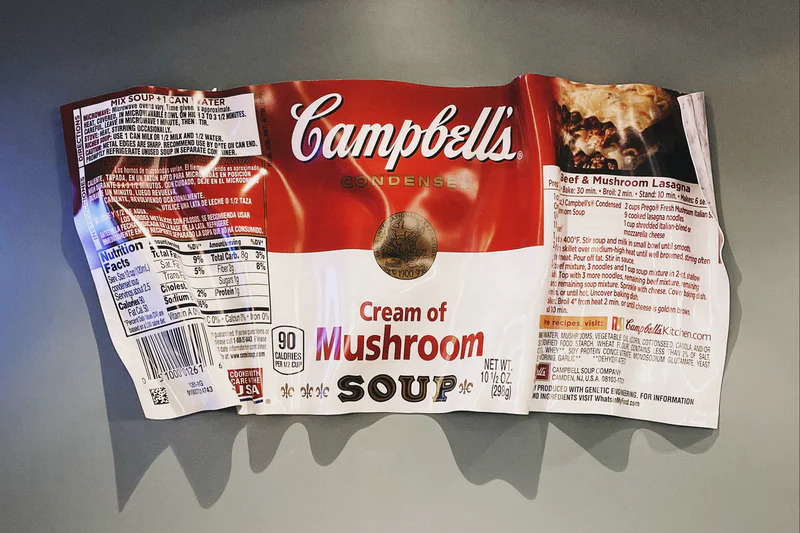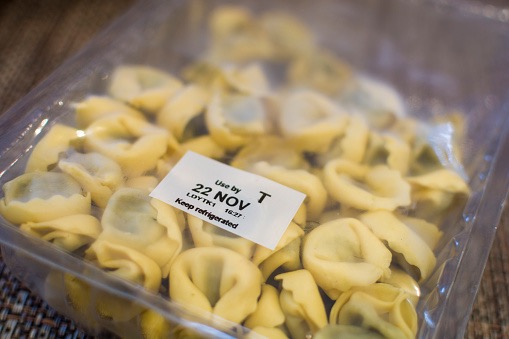Clarify the confusion Difference between Use By Date and Best Before Date For Food Businesses [With Examples]

I am sure your food business has a few people responsible for food purchases and stock control. When you go to a supermarket to purchase food, you pay attention to labels, like dietary and nutrition information, flavour labels, and date marks, and they help you in so many ways.
They help you recognise what flavours match your cuisine, as there are various flavours under one food category, such as different flavours of pasta sauces. Also, it helps with setting or changing your menus, as it has allergen information that is important to add for customer safety. Date marks are also crucial as they have the duration of the food’s ideal quality and safe consumption. Still, you may be confused as to what is the difference between the two, which is a common reason for food waste. If you know the difference, it will help you make smarter purchase decisions and save money as well.
But before discussing the difference, it is crucial to know how businesses choose which date to put. Food businesses refer to the Guidance Note 18 Validation of Product Shelf-life to determine which of the two dates applies to their food product. However, to ease and quicken the process, the European Food Safety Authority (EFSA) published a journal article in 2020 with guidelines on date marking and added a diagram on page 32 to help food businesses choose between the dates.
Use by date
Use by dates indicate when you should consume the product by if stored correctly, as the use by date becomes invalid if the storage instructions are not followed precisely. But, if stored correctly and the use by date passes, you must throw it away immediately, even if it looks and smells alright.
In restaurants, small food labels like date marks are often missed, so the person responsible should pay close attention to the date and immediately throw the food out once it passes the use by date, as they may be accidentally served to the customer.
The use by date usually applies to products with a short shelf-life, such as readymade meals and refrigerated products. Below are some examples:
- Dairy
- Meat and poultry
- Fish
- Readymade meals (sandwiches & salads)
- Bagged leafy green vegetables
If you ignore the use by date, it may be dangerous, as it might put the customers at risk or damage the hygiene standard of your business. An Insider article discussed this issue, and a registered dietitian nutritionist said that if someone eats something after its use by date, they could develop food poisoning or other foodborne illnesses, such as fever, chills, stomach pain, vomiting, and diarrhoea. So, if you notice that one of your foods or ingredients of a dish has passed its use by date, do not take the risk - throw it out, politely request the customer to wait for a little longer and replace the product with a fresher one. Asking the customer to wait a little longer for better quality food looks good on you than taking the risk.

If your restaurant is suspected of food poisoning caused by negligence, you could lose your reputation, employees and possibly face penalties, closure, or imprisonment, as the Food Standard Agency (FSA) has the right to investigate if they suspect any negligence of food safety and hygiene from the restaurant.
Best before date
Best before dates, also known as best before end (BBE), is more about the quality of food than its safety. This means that the food is safe to eat past the date but might not have its best flavour and texture. Again, the date only makes sense if the storage instructions are followed properly. If you want to, you can lengthen the food’s shelf life by storing it in a dry and cool place with little to no exposure to air.
But in terms of real situations, it is up to you to serve food past the best before date. It might not affect the customer’s health but it might affect their experience.
Best before dates are usually applied to products that do not require refrigeration but may vary in shelf life. Below are some examples:
- Eggs
- Dry pasta
- Bread
- Tinned food
- Fruits and vegetables
- Uncooked rice
- Cereal
- Spreads
- Crisps
If you are worried about the legal issues with best before dates, it is not as bad as use by dates. But it still might affect the dish’s flavour, taste, and texture and possibly spoil the customer’s experience. It may not result in any legal action, but customer reviews affect a restaurant’s reputation and credibility as much. So, if your restaurant serves meals with ingredients past their best before date, you might receive complaints, have food sent back, or get bad reviews, so the repercussions may not be as bad as investigations by the FSA, but reviews are as crucial because it affects the decisions of whoever looks through it afterwards, so it is important to consider the customer experience as a factor.
Simply put, use by dates are for safety and best before dates are for quality.
Sell by and Display until date
Both of the above dates are meant for retail employees and not for restaurants. However, if you are still interested in knowing about these dates, they are intended for stock control and possibly discount opportunities in supermarkets and retail shops.
If you want to learn more about food hygiene and safety compliance training for yourself or your team, we got that covered.
From the blog

Businesses & Drink Spiking Awareness
Another unfortunate ‘epidemic’ that has recently taken the UK by storm recently is an increase in drink spiking incidents. Anxiety and fear amongst the UK’s partygoers and bar patrons. But with this, you can fight it as an organisation and as individuals.

Should Your Small Business Use a Learning Management System (LMS)?
Ready streamline your small business? A Learning Management System (LMS) could be what you need. But what exactly is an LMS and how can it help your business? Join us as we explore the ins and outs of LMS and whether it's the right choice for your business.
